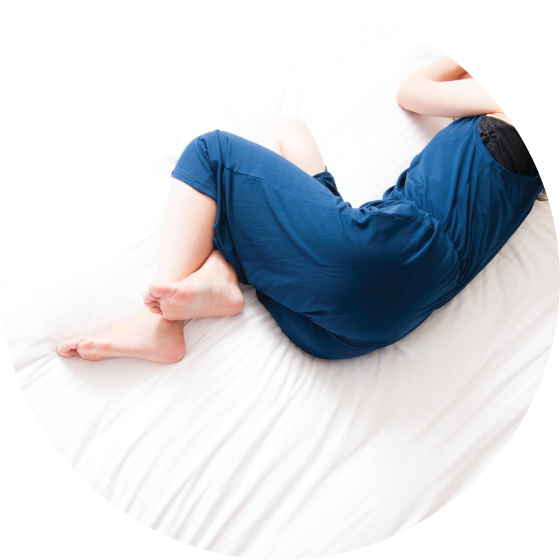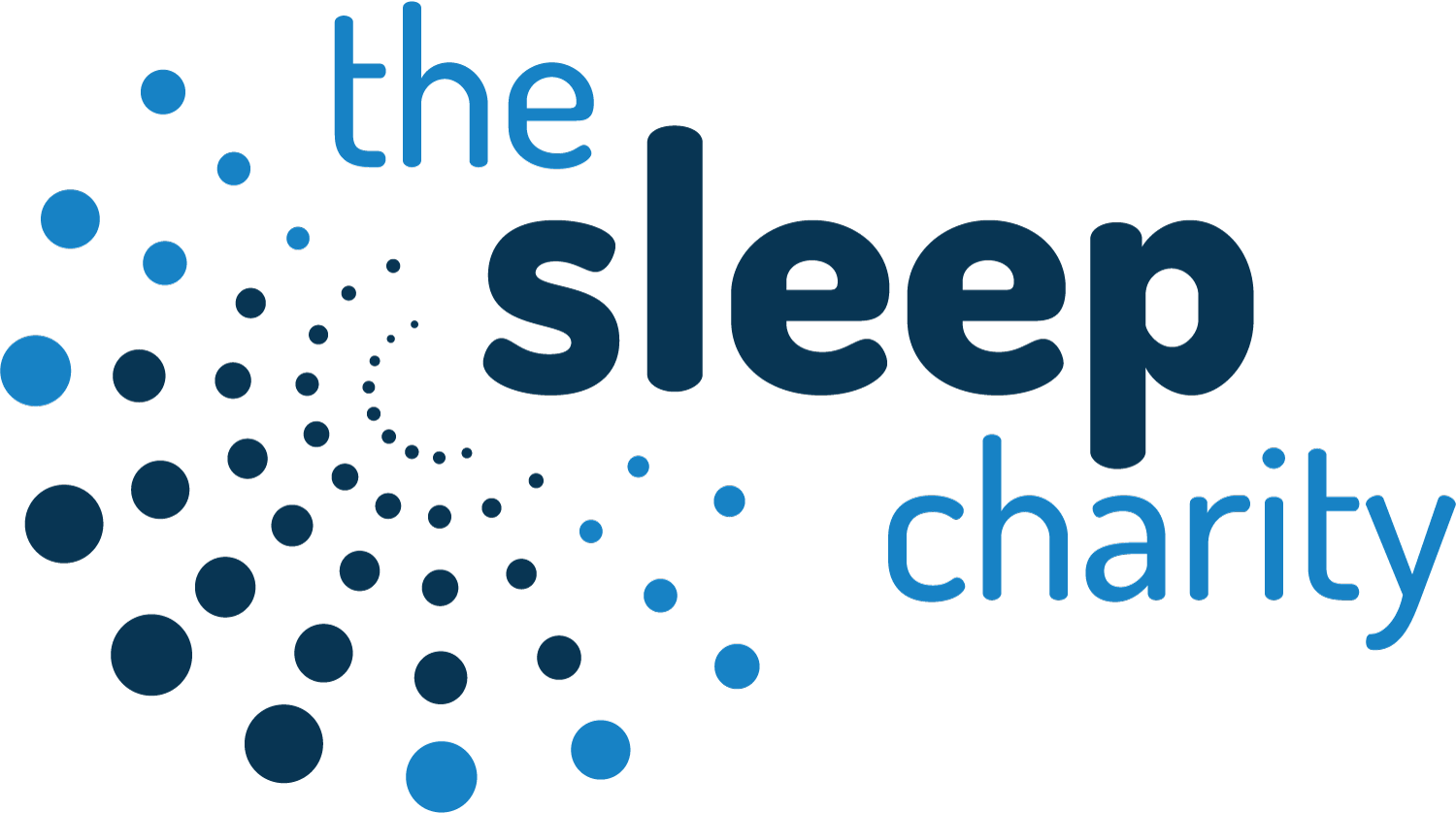Restless Leg Syndrome
Last updated: December 2021
Home > Information & Support > Adults > Sleep Disorders >Restless leg syndrome is a condition that affects the nervous system, and causes an overwhelming desire to move the legs and can also cause an uncomfortable sensation in the limbs.
Around one in 10 are affected by it at some point in their life, with around one in five pregnant women suffering from the condition in the last trimester. Women are twice as likely to get the condition as men, and it is more common in middle age, although can occur at any age, including childhood.
Some people experience this throughout the day, and others just have them occasionally. In severe cases it can be extremely disruptive to everyday life.
Restless leg syndrome is often made worse by long periods of sitting down or in the evening when trying to get to sleep.

Symptoms of Restless Leg Syndrome
It’s important to recognise the symptoms of RLS in order to get the right help. You may feel painful cramping in the legs, particularly in the calves; a crawling or creeping sensation in feet, calves and thighs; or itching, burning, tingling and throbbing.
Where there is no underlying health issues, RLS is often treated with adjustments to lifestyle habits, such as adopting better sleep hygiene such as keeping regular hours, winding down sufficiently and avoiding alcohol and caffeine before bed. Regular exercise helps as does quitting smoking.
For more serious cases of restless leg syndrome, medication can be prescribed.
Visit www.rls-uk.org for more information.
